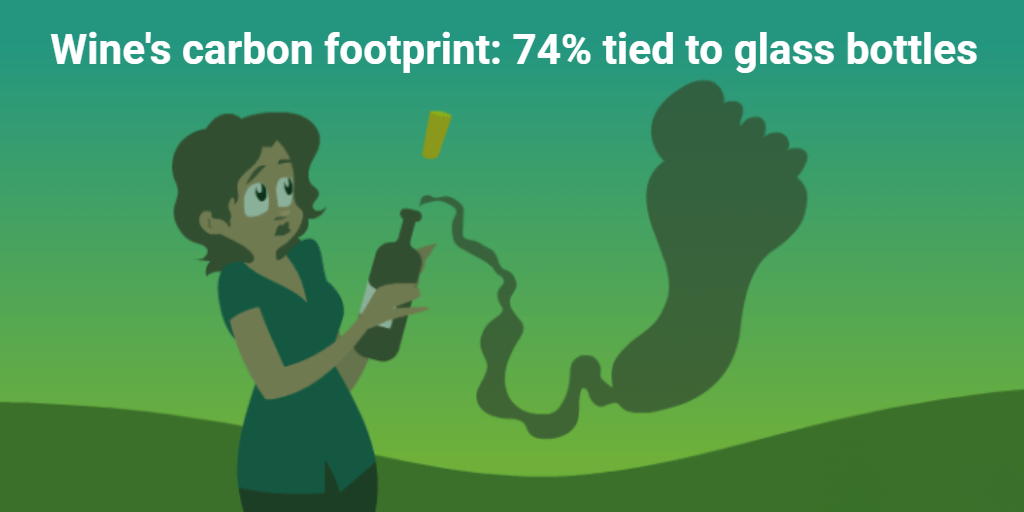
We all enjoy a good glass of wine, but have you ever stopped to think about the environmental impact of the wine industry? In 2020, the International Organisation of Vine and Wine (OIV) conducted a Life Cycle Assessment (LCA) to evaluate the environmental impact of the viticulture and winemaking industry.
The results revealed a surprising truth: transportation and packaging take the lion’s share, contributing approximately 74% to the industry’s carbon footprint, while viticulture and winemaking account for a modest 13% each. This means that the main challenge for the wine industry in reducing its carbon emissions is to address the use of glass bottles.
It’s essential to consider the environmental implications of packaging choices. The notorious heavyweight glass bottle is the primary culprit, imposing exorbitant costs for shipping and delivery. While glass serves as a safe vessel for wine maturation, it falls short in terms of affordability when compared to alternative options like aluminium, tetra pak or bag-in-box.
In the wine industry, it’s becoming more important than ever to reduce the environmental impact. Although we hold a special place in our hearts for the classic glass bottle, it’s essential to explore lighter and eco-friendlier packaging alternatives. The wine industry has already embraced certain changes, such as bag-in-box and aluminium cans making their mark. However, I hope to see a continued effort towards innovation, seeking sustainable materials that preserve the wine’s quality while reducing our ecological footprint.
There may be some resistance to change, as the traditional association of wine with glass bottles runs deep. Yet, as witnessed with the adoption of screw cap closures, time has shown us that embracing new ideas requires patience and open minds. As long as alternative packaging materials do not compromise the taste and quality of the wines, I believe that wine enthusiasts will willingly embark on the journey toward more eco-friendly options.
While we praise wineries for their commitment to sustainability (i.e. embracing organic practices, rainwater conservation, solar panel, etc.), it is important to recognize that their efforts primarily address a mere 13% of the industry’s overall impact. For a significant change, it is unavoidable to tackle the significant contributor, the glass bottle, responsible for a staggering 74% of the carbon footprint.
Eventually, it is time for the wine industry to lead the way in finding innovative solutions and making them readily available.
Reference: Hirlam et al. (2023), Life Cycle Assessment of the Wine Sector, OIV


The early birds in this initiative towards a more sustainable form in the said industry will create a niche for themselves and will draw consumer attention
Thank you for your comment! I couldn’t agree more. Sustainability is key in today’s wine industry, and those who lead the way will certainly stand out. Cheers to a greener future!